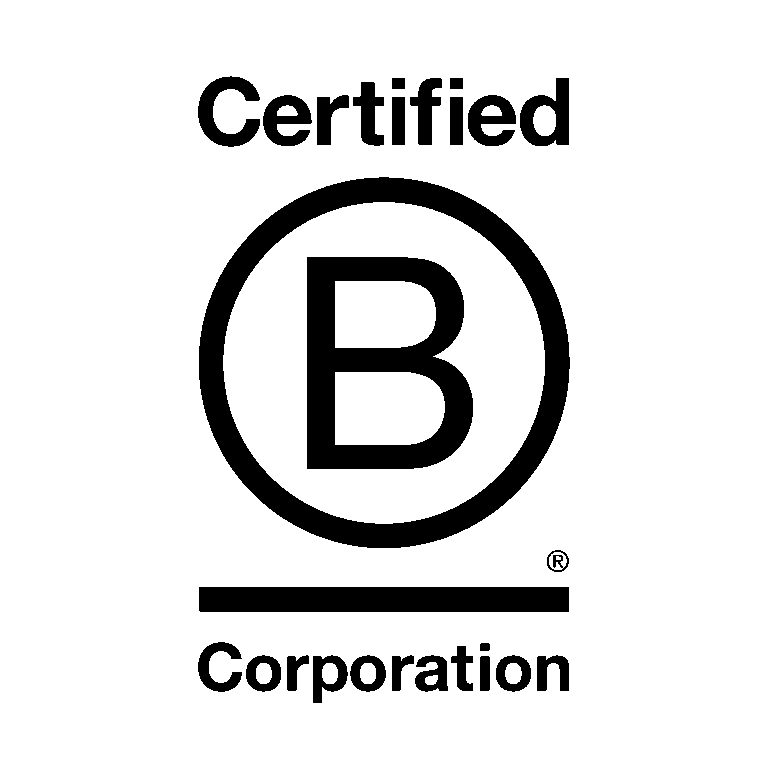Partnership and collaboration
Working in partnership with Pharma, Biotech and MedTech companies, DLRC supports and facilitates the development of new medicines and medical devices to the benefit of patients in Europe, the US and beyond.
Contact us
DLRC is a dedicated consultancy team of highly qualified and experienced Regulatory Affairs professionals.
We work with clients, who range from Top 5 Pharma companies to SMEs, to develop and execute innovative regulatory strategies from early product development to post-licensing activities for medicines and medical devices.
We pride ourselves on our understanding of clients’ needs and our flexible, creative and pragmatic approach puts our clients and the patients they serve at the centre of everything we do.
Working in partnership with Pharma, Biotech and MedTech companies, DLRC supports and facilitates the development of new medicines and medical devices to the benefit of patients in Europe, the US and beyond.
Contact us
From scientific advice in early product development, to clinical trials, marketing authorisation applications and post-licensing activities, our highly qualified and experienced team can maximise value through life-cycle product management and ensure you, as a client make, the best-informed development decisions.
Our Services
DLRC Group is proud to be a B Corporation, part of a growing movement of companies that are reinventing business for the benefit of all people and our shared planet. This demonstrates that DLRC Group meets high standards of social and environmental performance, transparency, and accountability alongside a commitment to goals beyond shareholder value.


See what our clients have to say about DLRC